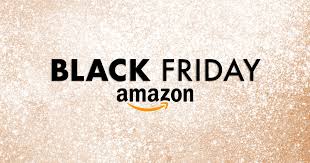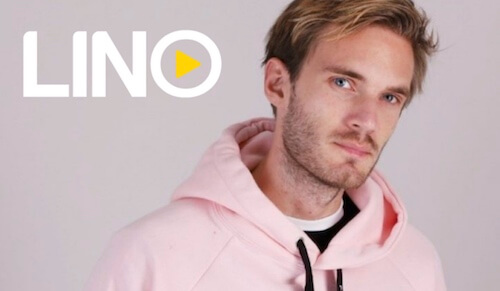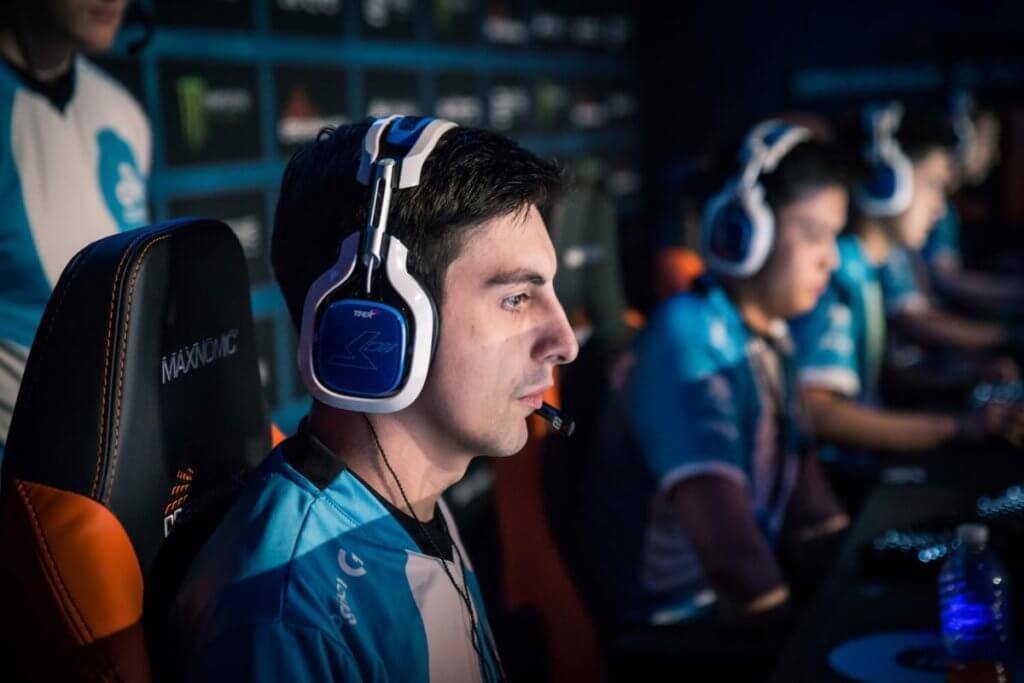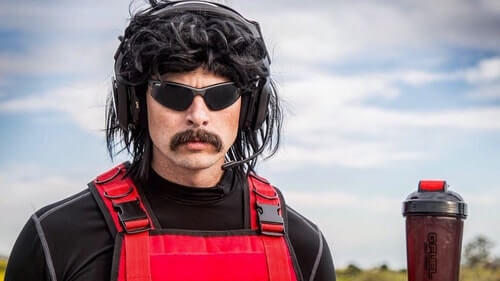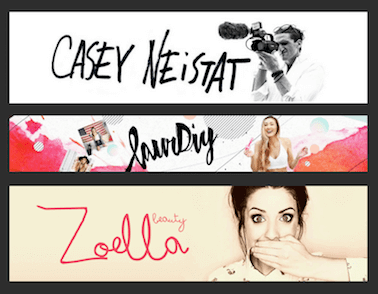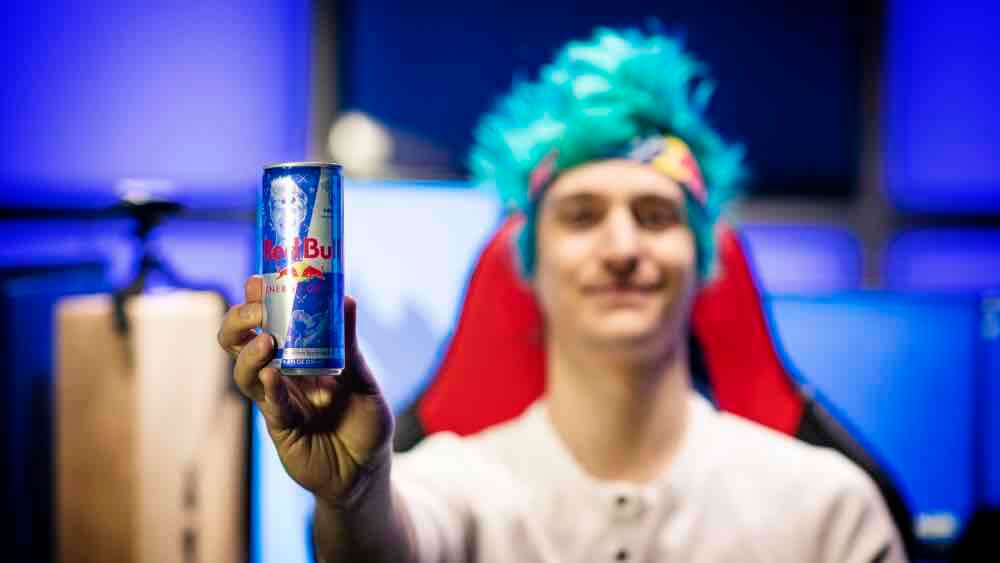We can all agree that creating professional-level videos for your vlog ain’t easy. Luckily, some great and affordable DSLR cameras are up to the task. In this article, we’ll cover the best 5 DSLR cameras under $1000.
Fast navigation
Quick Overview: Top Pick
After reviewing and comparing the 5 best options available, overall, the Canon’s EOS Rebel T7i is the best DSLR camera under $1000.
But, if you’re shooting in a low-light environment, the best option for you is the Nikon D7200.
What to Consider Before Buying a DSLR Camera For Under $1000?
Before we start, it’s important to note that DSLR cameras come with a ton of different features that you can use, aside from recording videos. Some cameras will serve you well in one context while failing in others. To stop your head from spinning, here are the most important features of DSLR cameras that you’ll want to focus on.
1. Sensor Size
In order to capture an image, every camera needs to have a sensor. As expected, cameras with bigger sensors take pictures of higher quality, as they take in more light.
This also translates into better performance in low-light situations. Big sensors are also superior at isolating an object in focus and blurring the background. Judging solely by this aspect, you’ll want to find a DSLR camera that has an APS-C CMOS sensor and ignore Micro 4/3 and other sizes.
These sensors are ideal for high-speed capture, but can also take stunning portraits, artistic photos, and high-quality videos.
2. Stability
In order to get a great video without distortion and motion blur, your camera needs to be stabilized. Image stabilization gives you the ability to photograph at slower shutter speeds, which translates into sharper images. Depending on the brand, this feature is known by multiple names: Shake Reduction, Vibration Compensation, Optical SteadyShot, Vibration Reduction, and Optical Image Stabilization.
While many DSLR cameras have this feature, some models cannot do this and require an external stabilizer. This can cost you a lot of money, so we recommend that you get a camera with built-in stabilization. Image stabilization is absolutely necessary for recording professional vlogs, so you shouldn’t ignore it.
3. Autofocus
Another crucial feature is autofocus. Its role is to automatically change the focus points every time you start recording, which makes your job much easier.
It’s important to note that there are several types of autofocus. While some cameras have a single point AF, there are plenty of models with multiple autofocus points. Better DSLR cameras have more AF points, so you can precisely choose which part of the image you want to focus on.
These points are also used by sensors for detecting the contrast and tracking down subjects in movement. Cameras with 40+ AF points are also great for shooting wildlife and sports photography.
4. Image and Video Quality
Aside from a big sensor, you will also want to choose a DSLR camera that has a high dynamic range (HDR) feature. This technology will vastly improve the contrast, giving you more realistic photos and videos. Also, look for the model with the biggest amount of megapixels.
For recording vlogs, you’ll need the camera that records in 1080p at 60 fps. However, video usually isn’t worth much without a proper sound, so you’ll want a camera with a built-in stereo microphone that records audio with great clarity.
Lastly, pay attention to frame re-coding rates. The cameras with higher capacity will produce better video quality.
5. ISO Range
ISO range stands for the amount of contrast that a given camera can capture. By increasing ISO, your videos will grow brighter. That’s why this feature is important, especially if you are recording vlogs in low-lit environments. Usually, the cameras ISO range can be expanded, especially if you decide to record in black and white. However, there is a catch. As you go over 1600, there is a growing reduction in overall video quality.
ISO has a major effect on image quality, so you will want to find a camera with the biggest sensitivity available.
5 Best DSLR Cameras Under $1000 Reviewed
Based on these features, we have done extensive research and came up with 5 great models that you can get under $1000.
1. Canon EOS 70D Digital SLR Camera
Let’s start our list with a strong model from Canon, which is a direct successor to EOS 60D. The camera has 20.2 MP resolution and is powered by a dual pixel CMOS autofocus that splits each pixel into two readable photodiodes. JPEG mode features a HDR option that vastly improves the contrast of taken pictures and videos.
EOS 70 D lets you shoot in 1080p at 30 frames per second, which is enough for most vloggers. It comes with an excellent stereo mic that will make your voice sound crystal clear. Dual pixel feature makes phase-detection AF available in both, movie and live view mode, although it’s much superior in the wormer.
This model also doubles as a fantastic photography camera. It can take up to 8 shots per second in burst mode, which is more than other DSLR cameras on this list. In continuous mode, this rises up to 16 frames for RAW and 65 for JPEG. The standard ISO range goes from 100 to 12 800 and can be expanded up to 25 600. For image processing, EOS 70 D uses a DIGIC 5+ processor. The 3-inch touchscreen is particularly useful and well-articulated. EOS 70D also has built-in Wi-Fi, so you can quickly share your videos with your audience.
Although this camera has been discontinued, its sheer quality is enough to make us include it on this list. Plus, second-hand models can be regularly found on Amazon at quite affordable prices. This makes it a great option if you are on the budget or want to save money for professional lenses and other accessories.
Pros:
- Amazing image and video quality
- The touchscreen is fully articulated
- Great microphone
- Strong continuous autofocus
Cons
- Live View AF is somewhat weak
- Smartphone app resizes sent images
- Panorama stitching isn’t supported
2. Nikon D7200 DX-Format DSLR
For a DSLR camera, D7200 is fairly compact and easy to carry everywhere you go. The 24.2 MP camera is coupled with a 23.5 x 15.6 mm DX image sensor to give you excellent video quality. Nikon also didn’t include an optical low-pass filter, which will further improve the quality of your vlogs. With low ISO settings, D7200 is able to record really sharp content.
Regarding video quality, D7200 supports full HD with up to 60 frames per second. The stereo microphone is also of solid quality.
D7200 has a powerful EXPEED 4 image processor, which lets you record up to 6 fps (7 with 1.3x crop). For continuous shooting, the buffer is set to 100 frames, which is generous. As for the autofocus system, it lets you choose between 9, 21, and 51 points. This makes the D7200 great option for shooting objects in motion.
If you are also interested in taking time-lapse photos, you will be pleased to know that this camera features exposure smoothing. This will greatly minimize the annoying flicker effect which is common on lower quality models.
ISO range is also powerful, as it tops on 25 600, but can be expanded to 51 200 and 102 300 in black and white mode. This makes D7200 perform very well in low-lit situations, making it ideal for making scary vlogs in the dark.
The camera is equipped with a powerful Lithium-Ion battery that will last you at least 800 shots. Once you are done making videos, you can easily upload them thanks to the built-in Wi-Fi.
All in all, D7200 is another well-rounded DSLR camera under $1000.
Pros:
- 1080p at 60 fps
- Strong autofocus
- Great battery life
- Powerful ISO
Cons:
- Fixed screen
- Focus adjustment is slow
3. Pentax KP Ultra-Compact Weatherproof DSLR
Pentax KP comes with a 24 MP APS-C sensor. Its maximum ISO is set at 819 200, making it another great camera for shooting in the dark. Pentax’s KP can continuously take up to 7 frames per second and has a 3’’ fully articulated touchscreen that provides tilting.
For stability, KP has a 5-axis system that significantly reduces the shaking up to 5 stops and lets you capture professional videos. Speaking of which, KP has the ability to record in 1080p at 60 fps. For sound, you have the option to use a built-in stereo or your external microphone. Unfortunately, KP’s video features are somewhat outdated.
KP has a SAFOX 11 AF, which offers 27 points, with 25 of them being cross-type. Compared to other DSLR cameras under $1000, this feature could’ve been better. We wouldn’t recommend it if you plan on shooting moving objects.
One of the pluses is that KP is fairly compact and offers good weather protection. The camera will work just fine at temperatures down to +14F (-10C). There are also replaceable grips, which makes KP very comfortable to work with. An optical viewfinder provides 0.95 x magnification and 100% coverage.
The D-LI109 battery is somewhat disappointing, as it lets you take about 400 shots before needing to recharge.
While not excellent for shooting moving objects, KP will shine when taking still videos in various weather and lighting conditions.
Pros:
- Powerful 24 MP APS-C sensor
- Durable design
- Great image stabilization
Cons:
- Weak battery
- Small RAW buffer
- Subpar tracking
4. Canon EOS Rebel T7i Digital SLR Camera
As we could expect from Canon, their Rebel T7i from the EOS series is filled with premium features. First, there’s a 24.2 MP APS-C sensor powered with dual pixel AF that has phase-detection. This autofocus system has 45 points and lets you focus on your object very quickly, even when they are moving. Furthermore, the viewfinder is very functional and lets you switch from subject to subject in milliseconds.
Thanks to the DIGIC 7 image processor, you can expect to get sharp videos that are rich in colors. Image quality is also of a high standard, and at times made us forget that we are holding a consumer-level DSLR camera.
Most importantly, Rebel T7i can record videos in 1080p. For framerate, you can choose between 25, 30 and 60 fps. There’s a built-in mic, but, for best results, we would recommend that you go with an external one.
Considering it’s a DSLR camera, T7i is fairly lightweight, making it easier to carry it everywhere you go. Its smart ergonomic design makes it easy to record videos for hours, without getting tired. T7i has a built-in Wi-Fi, Bluetooth, and NFC, so you can easily connect it to your other devices.
Pros:
- Quick 45-point AF system
- Dual Pixel autofocus
- Easy to use
Cons:
- No support for 4k
- Small Viewfinder
5. Nikon D7100 DX-Format CMOS Digital SLR
D7100 is armed with a 24.1 megapixel CMOS sensor that takes pictures and videos of amazing quality. Since it’s not using low pass filters, your vlogs will also be very sharp. The camera also utilizes a high dynamic range, which significantly improves the contrast of everything you record, making it more lifelike.
Most importantly for us, D7100 can record in full 1080p and has a solid built-in stereo microphone. Even if you use maximum zoom in your vlogs, you will see no traces of pixelization. If you decide to take pictures, it’s good to know that D7100 can capture 6 frames per second in DX mode, and up to 100 frames in one continuous shot.
ISO range is also very good, ranging from 100 to 6400, which can be expanded up to 25 600. Its performance is improved with the EXPEED3 video processor and lenses that bring you a crop factor of 1.3x.. There’s also a full-time autofocus feature that will quickly get ahold of the main object in your videos.
Nikon’s D7100 is also fairly compact, so you can easily carry it around everywhere you go. The camera also supports WU-1a Wi-Fi, which lets you quickly upload and share your vlogs on social media. Remote control via smartphone is also available, making D7100 ideal for taking group shots.
When all is said and done, D7100 is yet another of Nikon’s successes.
Pros:
- Reasonably priced
- Wide ISO Range
- Powerful Image Sensor
- 51-point autofocus
Cons:
- Additional accessories needed for GPS and Wi-Fi
- Mediocre RAW shots
- Noticeable image noise
Which Is Best?
Overall, Canon’s EOS Rebel T7i is the best DSLR camera under $1000. Its ease of use, 45-point autofocus, and superb video quality all make it a great option for us vloggers. The AF system is also super-fast, switching between the objects in milliseconds. Plus, if you ever decide to focus on photography, you will be pleasantly surprised that Rebel T7i excels in that area as well.
It’s also good to know that Canon offers a wide array of compatible EF and EF-S lenses, including Macro, Prime, Telephoto, and STM. This way, when you might consider upgrading your Rebel T7i in the future, you can just get more expensive lenses and not a whole new DSLR camera.
However, we don’t think this camera is best suited for shooting in low-lit environments.
In this case, we would recommend Nikon’s D7200. Its ISO range can be expanded up to 102 300, which is absolutely massive. Couple this with a powerful battery, sharp video quality, and strong autofocus, and it becomes very clear that this is another great DSLR camera for vlogging. You can even save some money by using its built-in stereo mic, as its quality is very good. Great image quality is also a bonus, but a very nice one.
We wish you safe vlogging with your new DSLR camera. Take care

